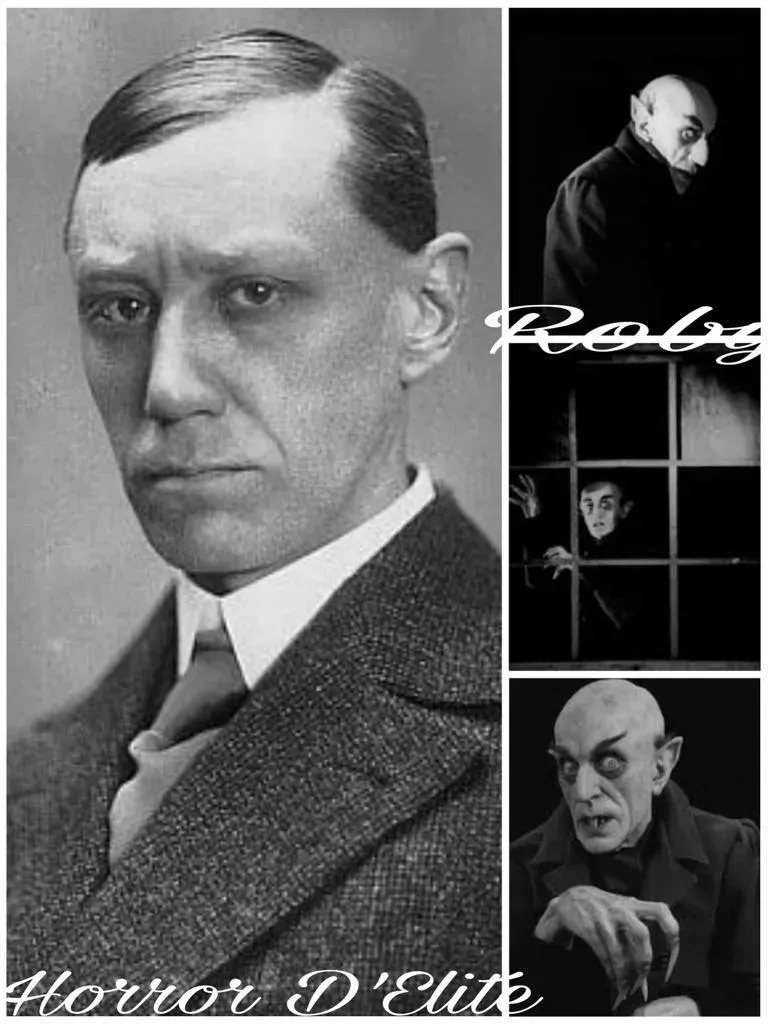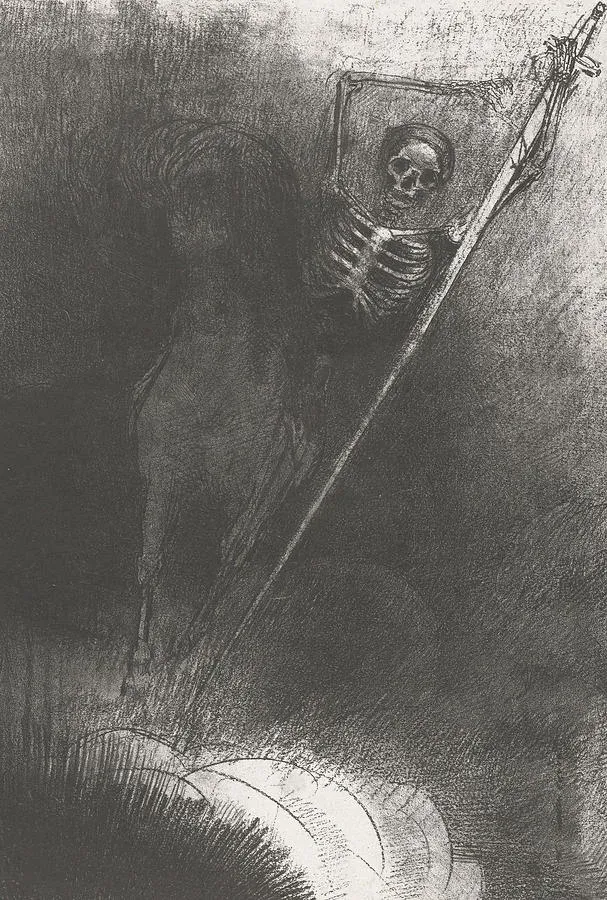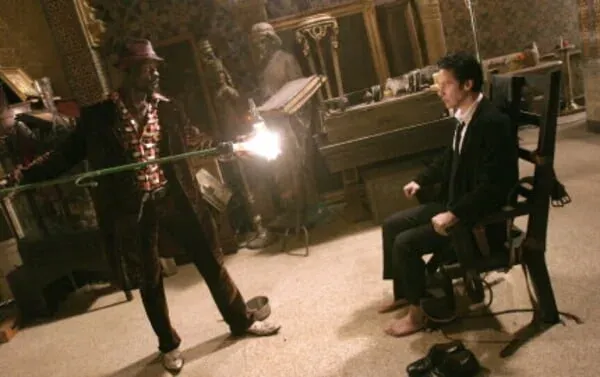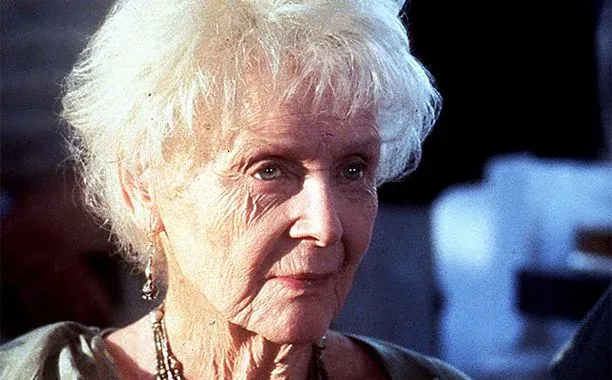The Godfather of Makeup Dick Smith
When it comes to special effects and movie makeup, few names have had such a lasting and innovative impact as that of the Godfather of makeup, Dick Smith. With a career spanning over six decades, Smith created some of the most iconic effects in cinema history, leaving a legacy that shaped the way films tell stories through imagery and makeup. His influence is palpable in many modern makeup and special effects techniques, and his work paved the way for countless artists and technicians in the industry.
The Origins of a Pioneer
Dick Smith was born on June 26, 1922, in New York City. From a young age, Smith showed an interest in theater and the art of makeup, an interest that soon manifested in a career that would revolutionize the film industry. After studying at New York University, Smith began working in the field of makeup and special effects, developing a series of innovative techniques that would define his career.
 The Debut and Early Innovations
The Debut and Early Innovations
Smith’s debut in the film world came with the movie “The Exorcist” (1973 with Rick Baker), where his work on prosthetic makeup for the character of Regan MacNeil, played by Linda Blair, captured the attention of both audiences and critics. The makeup of the deformed face and the terrifying possession effects became iconic, contributing to making the film one of the scariest in cinema history. Smith used advanced techniques for the time, such as latex and silicone, to create effects that looked incredibly real and disturbing.
 Mastery of Prosthetic Makeup
Mastery of Prosthetic Makeup
Dick Smith is often referred to as the “father of prosthetic makeup,” and his work in this field has been revolutionary. One of his most significant contributions was the use of silicone to create aging and deformity effects. His effects are known for their extraordinary precision and for their ability to create facial and bodily changes that seem authentic. His work on “The Godfather” (1972), where he created the transformation of Marlon Brando into Don Vito Corleone, is an exceptional example of how prosthetic makeup can be used to enhance cinematic storytelling and create memorable characters.
Technical Innovations and Education
In addition to his film work, Dick Smith made a significant impact as an educator and innovator. He wrote numerous books and produced instructional videos that taught his techniques to generations of artists and technicians. His book “Dick Smith’s Do-It-Yourself Monster Make-Up Handbook” has become a bible for makeup and special effects enthusiasts, offering detailed instructions and practical advice for anyone looking to pursue a career in the field.
Smith also introduced many of the makeup techniques that are now considered standard in the industry. His skill in creating complex masks and prosthetics led to a greater understanding and application of makeup techniques in cinema and theater. His innovations influenced not only special effects in horror cinema but also a wide range of genres and productions.
 Collaborations and Iconic Works
Collaborations and Iconic Works
Dick Smith’s work has touched numerous films and television productions, leaving a lasting imprint. In addition to the aforementioned “The Exorcist” and “The Godfather,” Smith worked on films like “Scanners” (1981) by David Cronenberg, where he created legendary head-explosion effects in the horror genre. He also collaborated with high-profile directors and producers like Martin Scorsese and Francis Ford Coppola, demonstrating his versatility and talent in adapting to different artistic styles and demands.
Acknowledgments and Legacy
The career of the Godfather of makeup, Dick Smith, has been widely recognized and celebrated. He has received numerous awards and honors, including an honorary Oscar for his contributions to special effects and movie makeup. Smith was also awarded the prestigious title of “Living Legend” by The Academy of Motion Picture Arts and Sciences.
His legacy is visible in many of the modern successes in the field of special effects. Makeup artists and technicians continue to draw inspiration from Smith’s work, and his techniques and innovations are still used and refined in today’s film and television.

Subscribe to our YouTube channel
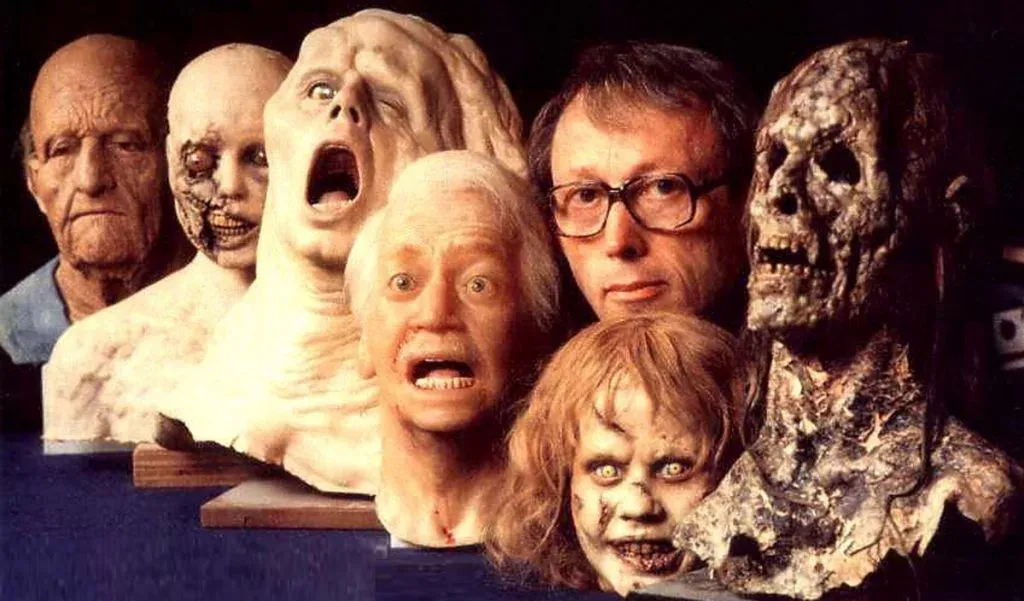
 The Debut and Early Innovations
The Debut and Early Innovations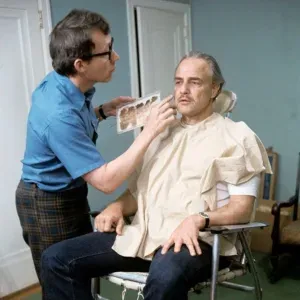 Mastery of Prosthetic Makeup
Mastery of Prosthetic Makeup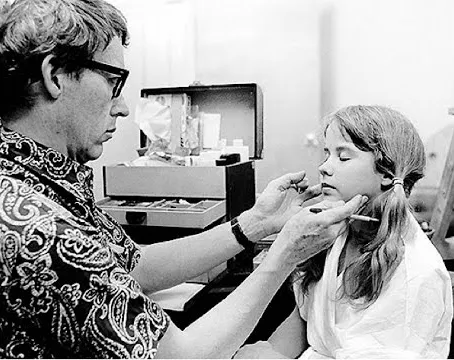 Collaborations and Iconic Works
Collaborations and Iconic Works